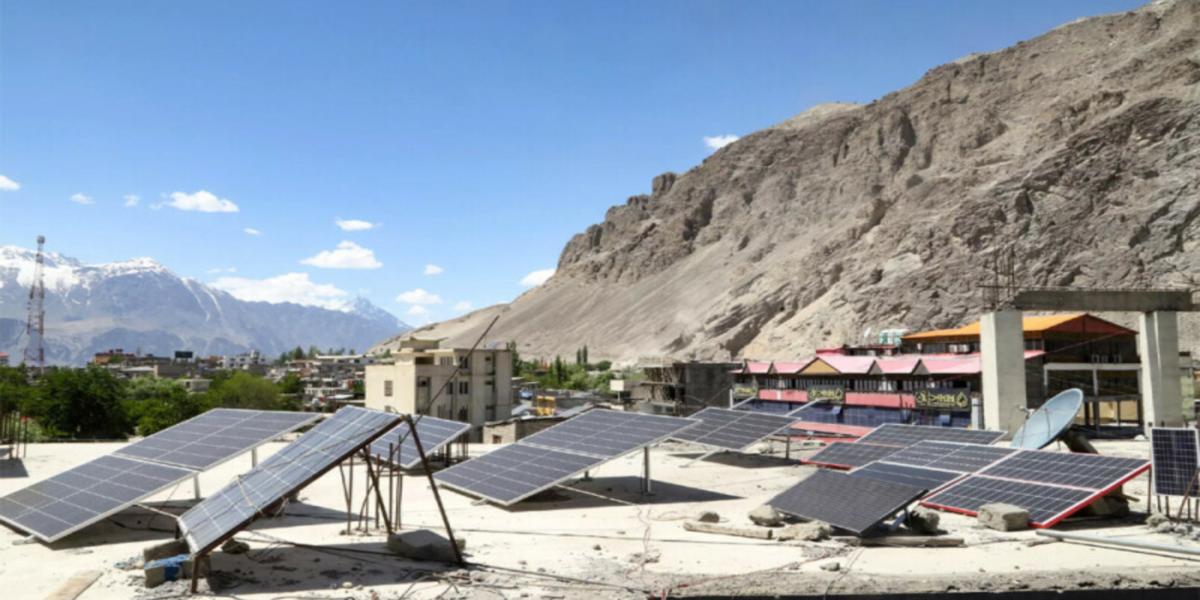WEB DESK: In 2023, the world experienced the hottest year on record, a sobering indication of the escalating climate crisis. Yet, this may soon be surpassed as temperatures continue to rise due to the relentless emission of greenhouse gases from human activities, primarily the burning of fossil fuels.
This trend towards extreme heat is becoming increasingly evident. The European Union’s Copernicus Climate Change Service recently reported that May 2024 marked the twelfth consecutive month of record-breaking global temperatures, with sea surface temperatures also reaching unprecedented highs for 14 consecutive months.
Samantha Burgess, Deputy Director of C3S, stressed the concerning trajectory, stating that if greenhouse gas emissions persist, the scorching temperatures of 2023 may soon seem mild by comparison.
The implications of this warming trend are profound. In January, the EU service confirmed that 2023 was the hottest year since recordkeeping began in 1850, inching closer to the critical threshold of 1.5 degrees Celsius above preindustrial levels, beyond which irreversible damage to the planet becomes inevitable.
Such extreme heat is not an isolated occurrence but rather part of a broader pattern of climate-related weather events. The US National Oceanic and Atmospheric Administration (NOAA) has predicted above-average temperatures for much of the continental US and Alaska from April to June, coupled with a reduced risk of flooding due to historically low winter snow cover.
Read More: Australian psychologists utilise virtual reality to step into criminals’ world
However, this forecast also raises concerns about the heightened risk of drought and wildfires, particularly in regions experiencing a combination of intense heat and scarce rainfall, such as the Northwest, Southwest, and Texas.
The intensification of extreme weather events, as outlined in the US government’s Fifth National Climate Assessment, underscores the urgent need for comprehensive adaptation and mitigation measures. Such initiatives aim to bolster resilience against the impacts of climate change, including infrastructure upgrades, conservation efforts, and community-based strategies.
Despite these proactive measures, marginalised communities remain disproportionately vulnerable to the adverse effects of extreme weather. Socioeconomic disparities exacerbate the unequal distribution of climate risks, amplifying the challenges faced by low-income and minority populations.
In response to these disparities, the Biden administration has prioritised environmental justice initiatives, recognising the need to address systemic inequalities in climate resilience and disaster preparedness.
However, individual action is also crucial in mitigating the impacts of extreme weather events. From staying informed about weather forecasts to implementing practical measures like heatwave preparedness and home resilience, there are steps that individuals can take to safeguard themselves and their communities.
As the world grapples with the escalating climate crisis, proactive measures at both the governmental and individual levels are essential to mitigate the impacts of extreme weather events and build a more resilient society.
















